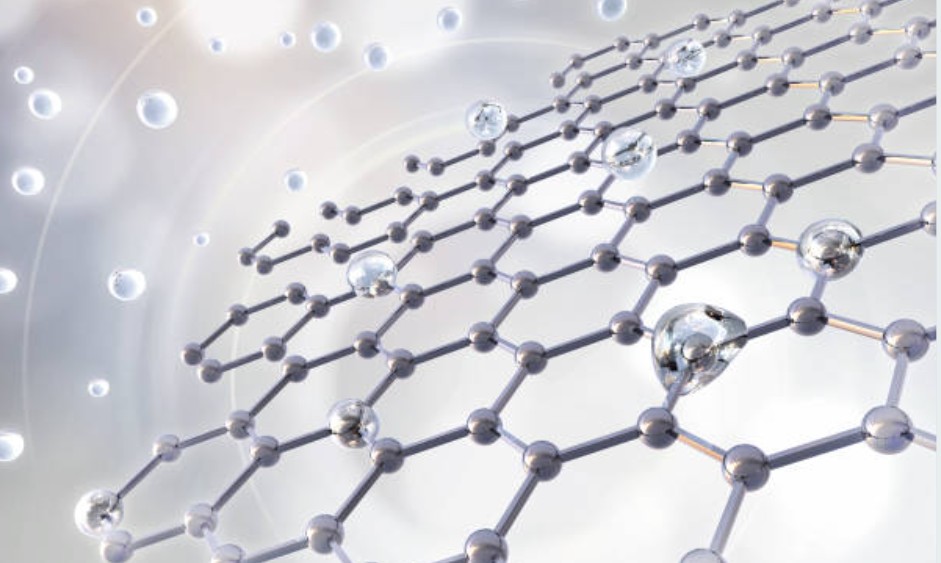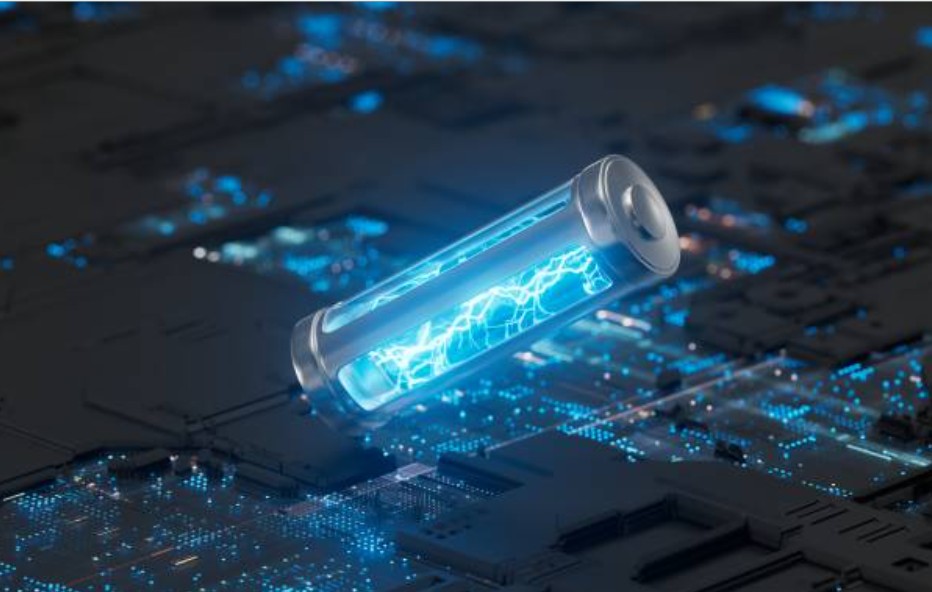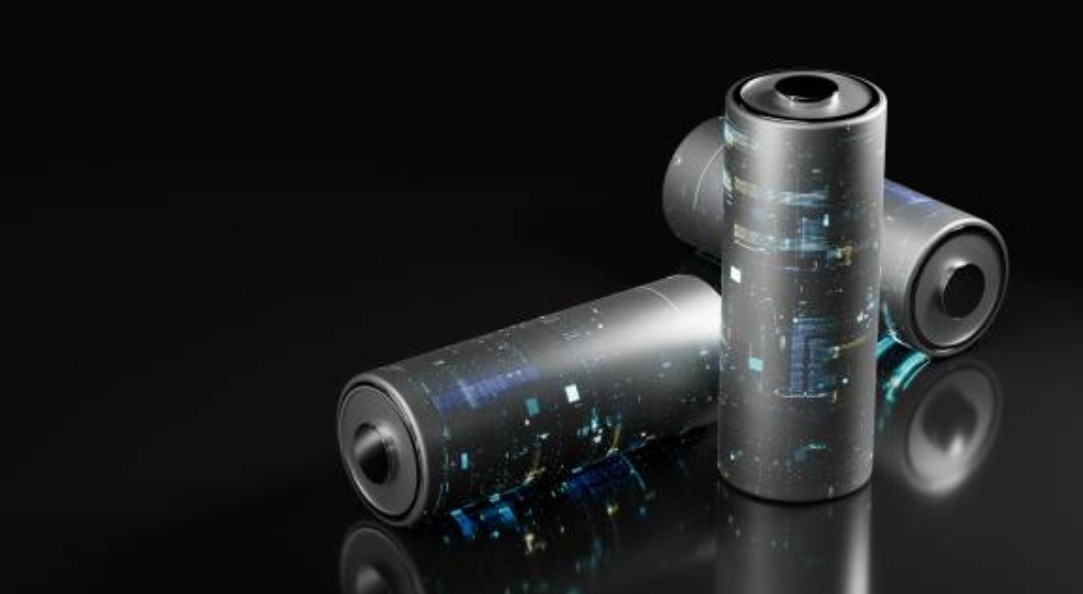Graphite is not just a common component of pencils—it’s a fascinating material with unique electrical properties. In this post, we’ll explore why Does Graphite Conduct Electricity in depth, examining its atomic structure, properties, and the science behind its conductivity. This comprehensive guide is tailored for UK readers and provides an engaging narrative along with visual aids to help you understand the subject from the ground up.
What Is Graphite and Why Is It Special?
Graphite is one of the allotropes of carbon, distinguished by its layered, planar structure. This unique arrangement is fundamental to its ability to conduct electricity. Its structure consists of flat, parallel layers where carbon atoms form a hexagonal lattice. These layers are loosely held together by van der Waals forces, allowing electrons to move with ease.
- Layered Structure: Natural planes support electron mobility.
- Delocalised Electrons: Electrons roam freely, creating an “electron sea” much like in metals.
- High Thermal Stability: The robust covalent bonds in each layer allow graphite to withstand high temperatures.
How Does Graphite’s Structure Enable Electrical Conduction?

Graphite’s electrical properties arise directly from its atomic configuration.
In-Depth Look at the Mechanism
Covalent Bonding Within Layers
Carbon atoms are tightly bound within each layer, forming a robust, planar network. This network creates continuous pathways for electrons, which move with minimal resistance along these layers.
Anisotropic Conductivity
Graphite conducts electricity much more efficiently along its layers than across them. The weak interlayer forces restrict electron movement perpendicular to the layers, creating a natural anisotropy in conductivity.
Understanding the directional properties of graphite helps in designing devices where electrical conduction needs to be controlled. The high in-plane conductivity is a key advantage in applications like battery electrodes and heat sinks.
What Does the Atomic Structure Tell Us?
The unique structure of graphite can be summarised in the table below:
| Property | Description | Impact on Conductivity |
| Layer Arrangement | Hexagonal sheets of carbon atoms | Provides clear electron pathways |
| Bond Type | Strong covalent bonds; weak van der Waals forces between layers | Allows free movement of electrons |
| Electron Configuration | Free, delocalised electrons | Enhances in-plane conductivity |
| Thermal Stability | Resistant to high temperatures | Maintains conductivity under stress |
Why Does Graphite Conduct Electricity? Unpacking the Science
To answer the core question—Why Does Graphite Conduct Electricity? —We must consider how its unique structure facilitates electron movement.
Free Electron Movement
Delocalised electrons in graphite move freely along the layers.
- The “electron sea” formed by these electrons behaves similarly to those in metallic bonds, allowing for efficient charge transport.
- This is the primary mechanism through which graphite exhibits high electrical conductivity.
Anisotropic Conductivity
Graphite conducts electricity much more effectively along the plane of its layers than perpendicular to them.
- The strong covalent bonds within layers support electron mobility, while the weak interlayer forces restrict movement in the vertical direction.
- This directional dependence is known as anisotropic conductivity and is a defining characteristic of graphite.
Structural Stability
Despite being soft and flexible in one direction, graphite’s internal structure remains remarkably stable.
- The stability provided by the covalent bonds ensures that even under mechanical stress or high temperature, the conductive properties are maintained.
- This reliability is essential for the material’s performance in various technological applications.
How Is Graphite Used in Modern UK Technology?

Graphite’s unique electrical and thermal properties have led to its widespread use across various technological applications in the UK.
Energy Storage in Batteries
Graphite plays an essential role in the composition of lithium-ion batteries.
- Enhanced Performance: Its excellent conductivity boosts battery efficiency.
- Longevity: Graphite contributes to longer-lasting battery life.
- Sustainability: As the UK moves toward renewable energy and electric vehicles, graphite’s role is increasingly vital.
Industrial Electrodes
Graphite electrodes are indispensable in industrial processes:
- They are used in electrolytic refining and metal production.
- Their durability and efficient conduction support modern manufacturing processes.
Thermal Management in Electronics
Graphite serves as an effective heat sink:
- Heat Dispersion: Its high thermal conductivity helps manage thermal loads.
- Device Longevity: Effective thermal management prolongs the lifespan of electronic components.
What Are the Limitations of Graphite as a Conductive Material?
While graphite has many advantages, it also comes with some limitations.
- Directional Limitations: Its conductivity is optimal along the layers but limited perpendicularly.
- Mechanical Vulnerability: The weak interlayer bonds can make graphite prone to physical damage.
- Cost of Purity: High-performance applications often require high-purity graphite, which can be expensive
How Can Graphite Be Optimised for Better Performance?
Enhancing graphite’s properties is an area of active research.
Approaches to Improvement
- Doping Techniques: Introducing other elements to adjust the electron density.
- Composite Materials: Blending graphite with polymers or metals to improve strength while maintaining conductivity.
- Nano structuring: Refining graphite at the nanoscale to boost both its electrical and mechanical properties.
What Innovations Are Emerging in Graphite Research?

The field of graphite research is evolving rapidly, with several exciting developments on the horizon.
Graphene Development
Graphene, a single layer of carbon atoms derived from graphite, offers superior conductivity and strength, driving breakthroughs in flexible electronics and high-speed data processing.
Energy Storage Enhancements
Recent improvements in graphite-based electrodes are extending battery life and efficiency, which is critical as the UK expands its renewable energy and electric vehicle sectors.
Sustainable Production Methods
Efforts are underway to develop environmentally friendly production techniques, such as recycling initiatives and improved mining methods, to reduce the ecological footprint of graphite production.
What Is the Historical Background of Graphite Research?
Graphite’s journey from a simple pencil material to a high-tech component spans a century.
A Brief History
- 18th Century: Graphite was first recognised for its unique properties and used in pencils and lubricants.
- Industrial Revolution: Graphite’s use expanded into refractory materials and lubricants, setting the stage for modern applications.
- Modern Era: Research now focuses on exploiting graphite’s electrical properties for advanced electronics, energy storage, and innovations like graphene.
How Does Graphite Compare to Other Conductive Materials?
A comparison with other materials further highlights graphite’s unique advantages.
Comparative Analysis
- Graphite vs. Metals: Metals offer omnidirectional conductivity due to a uniform electron distribution, whereas graphite’s conduction is confined to its layers.
- Graphite vs. Diamond: Despite being carbon allotropes, diamond is an insulator because of its tetrahedral structure, unlike graphite’s conductive layers.
- Graphite vs. Conductive Polymers: Although conductive polymers offer flexibility, graphite typically provides superior stability and electron mobility.
What Are the Environmental Impacts of Graphite Mining and Production?
The production of graphite has significant environmental implications.
Environmental Footprint of Mining
Conventional graphite mining can lead to land disturbance, water pollution, and habitat destruction. Minimising these impacts is critical for sustainable development.
Advances in Sustainable Practices
Efforts to improve the environmental footprint include more efficient mining techniques, recycling programmes, and the development of synthetic graphite alternatives.
UK Regulations and Global Trends
Strict environmental policies in the UK, combined with global trends towards sustainability, are driving innovations in cleaner graphite production methods.
What Does the Future Hold for Graphite Technology?

The future of graphite technology is promising, with continuous innovations and expanding applications.
Emerging Trends
- Next-Generation Batteries: Ongoing improvements in graphite-based electrodes aim to increase energy density and reduce charging times, essential for electric vehicles and renewable energy storage.
- Flexible Electronics: Graphene and other graphite derivatives are set to revolutionise wearable technology and flexible displays.
- Sustainability Focus: Future developments will likely merge high performance with eco-friendly production techniques, ensuring graphite remains a cornerstone in advanced technologies.
What’s the Final Take on Graphite’s Electrical Properties?
Understanding Why Does Graphite Conduct Electricity? Involves delving into its unique atomic structure and the free movement of its electrons. This exploration clarifies the science behind its conductivity and highlights its critical applications in modern technology, especially in the UK. As research and innovation continue to evolve, graphite will remain a cornerstone in advanced electronics and energy storage solutions.
Frequently Asked Questions About Graphite Conductivity
What makes graphite different from other conductive materials?
Graphite’s layered structure and free-moving electrons result in excellent in-plane conductivity, setting it apart from materials like metals.
Can graphite be used in high-temperature environments?
Yes, its high thermal stability ensures it maintains conductive properties even under elevated temperatures.
How does graphite compare with diamond in terms of conductivity?
While diamond is an insulator due to its tetrahedral structure, graphite’s planar structure supports effective electron mobility and conductivity.
Is graphite used in everyday electronic devices?
Absolutely. Graphite is a crucial component in batteries, electrodes, and many other electronic applications.






